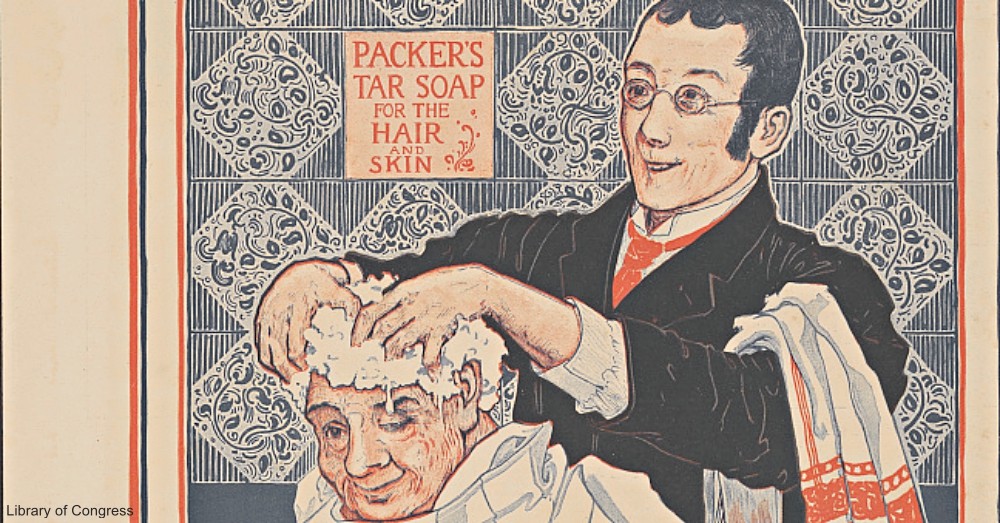We all know that shampoo is a thick conditioning product that we use to cleanse our hair. But what is its history and what is its composition?
How does it work and how often should we use it?
Let’s get some answers in my article today!
The history of shampoo
The word “shampoo” has its roots in India.
Specifically, from the Hindi language, the word “champoo” came to Europe during the colonial period.
This came from the Sanskrit word “champayati”, which means to soothe.
Then people boiled sapindus or soapberries with dried Indian gooseberry.
This extract created a foam and they used it to wash their hair.
The pulp of the fruit contained saponins, which is a natural surfactant and left hair soft, shiny and manageable.

From India, shampoo made its way to Europe and especially to England.
There, British hairdressers added grated soap with aromatic herbs to hot water.
Their aim was to give fragrance and shine, but without taking it out of their customers’ heads!
However, until the 1930s, when mass production of shampoos began, there was no mixing with chemicals,
as is the case with what is currently on the shelves of the supermarket.

The composition of the shampoo
To begin with, the shampoo has water.
It is the main carrier of all the ingredients contained in a shampoo.
Next, we have surfactants.
These are the surfactants that make shampoos effective cleansers.
In what way?
Their molecules have a negative charge and thus manage to magnetize the dirt and remove it from the hair with the foam.
So simple!
Then we have the conservatives.
These prevent the growth of mould inside your shampoo bottle.
In addition, there are capacitors such as sodium chloride. This helps to thicken the shampoo.
Finally, in a bottle we find the emollient ingredients.
These are essential because they balance the effects of surfactants.
This means that moisture stays in the hair follicle and the hair will be shiny and silky.
Beyond that there are the ingredients that make the shampoos more specialized, as in the ones for dandruff, for volume,
for colored hair, for deep cleansing and for dry skin.
But as far as the types of shampoos are concerned, I’ll ask you to be patient until next week so we can look at them together.
Until then, lots of kisses,
Yannos Mindilonitis.

